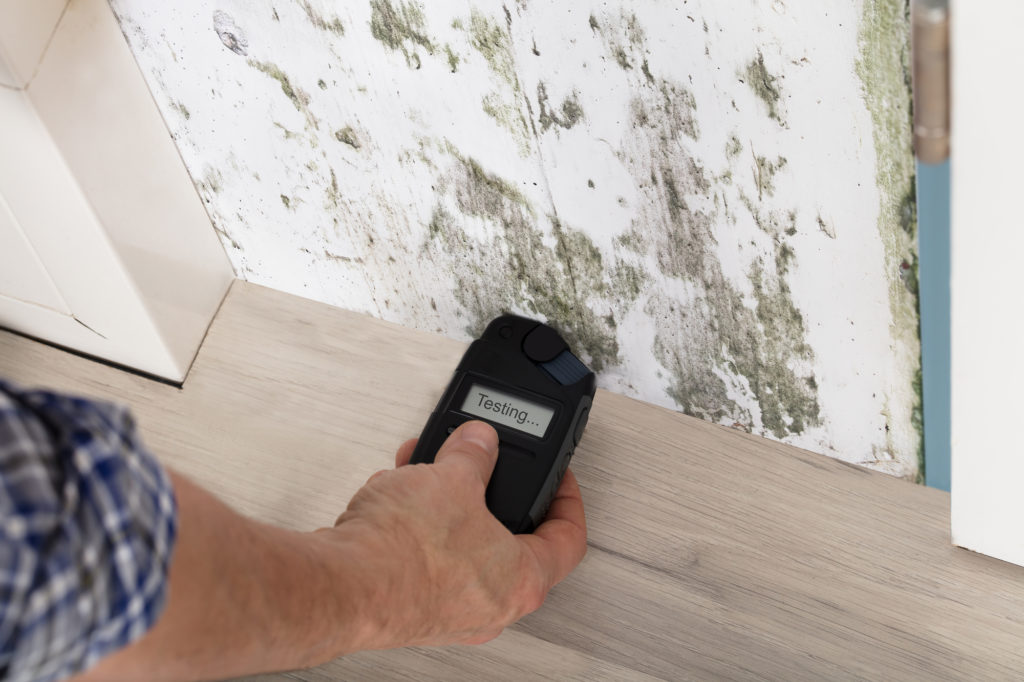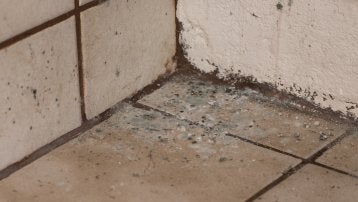Necessary Steps After Mold Remediation
Necessary Steps After Mold Remediation
Blog Article
Your Ultimate Overview to Message Mold Removal Techniques
Browsing the world of post-mold remediation techniques is a thorough process that demands interest to information and an extensive understanding of the complexities involved. In the after-effects of mold and mildew infestation, knowing just how to successfully remove the mold and mildew and avoid its reoccurrence is critical for keeping a healthy indoor setting. From picking the right cleansing and sanitizing methods to executing approaches for long-term mold and mildew prevention, each action in the remediation journey plays an important role in making certain an effective result. As we start this expedition of post-mold removal strategies, we will certainly reveal the key methods and finest practices that can help you restore your space to its pre-mold condition and safeguard it against future mold threats.
Understanding Post-Mold Remediation Refine
After completing the mold removal process, it is important to understand the post-mold removal techniques that are essential to guarantee a thorough and efficient clean-up. As soon as the mold and mildew has been gotten rid of, the following step involves cleaning and disinfecting the impacted areas to protect against any type of regrowth of mold.
In addition, performing a final assessment post-remediation is essential to guarantee that all mold and mildew has been effectively eliminated. This assessment must include a complete visual check in addition to possibly air tasting to confirm the absence of mold and mildew spores in the air. Extra remediation may be needed if the assessment exposes any type of sticking around mold and mildew. Enlightening owners on preventative procedures such as managing dampness levels and immediately resolving any type of water leaks can help preserve a mold-free environment.
Efficient Cleaning Up and Sanitizing Techniques

Avoiding Future Mold And Mildew Growth

Relevance of Proper Air Flow
Appropriate air flow plays a vital role in protecting against wetness build-up, a crucial consider mold growth within indoor atmospheres. Reliable ventilation systems aid get rid of excess moisture from the air, minimizing the chances of mold and mildew spores locating the dampness they require to spread and germinate. Without ample air flow, indoor areas can end up being a breeding place for mold and mildew, causing prospective health and wellness threats and architectural damages.
By making certain appropriate air blood circulation, air flow systems can also help in drying moist locations faster after water damages or flooding events, further preventing mold and mildew growth. what to do after mold remediation. Precede like shower rooms, attics, kitchens, and cellars where moisture degrees tend to be greater, installing and maintaining effective ventilation systems is critical in stopping mold problems

Surveillance and Upkeep Tips
Provided the vital function that proper ventilation plays in preventing mold development, it is necessary to establish efficient tracking and upkeep ideas to make certain the continued functionality of air flow systems. Routine assessments of ventilation systems must be performed to look for any type of signs of blockages, leakages, or malfunctions that might restrain proper air flow. Surveillance moisture degrees within the home is likewise critical, as high humidity can contribute to mold mold removal bomb development. Setting up a hygrometer can assist track moisture levels and alert home owners to any type of spikes that might need focus. In addition, making sure that air filters are regularly cleaned up or replaced is important for keeping the performance of the air flow system. Carrying out a schedule for routine maintenance jobs, such as air duct cleansing and HVAC system assessments, can help avoid issues prior to they rise. By remaining proactive and attentive to the problem of air flow systems, property proprietors can successfully reduce the risk of mold regrowth and keep a healthy and balanced interior atmosphere.
Conclusion
Finally, post-mold removal methods are important for making sure a clean and risk-free atmosphere. Comprehending the procedure, implementing reliable cleansing and sanitizing techniques, avoiding future mold growth, keeping correct air flow, and normal tracking are all essential action in the remediation procedure. By adhering to these guidelines, you can successfully get rid of mold and mildew and stop its return, functioning or promoting a healthy and balanced living room for all occupants.
In the consequences of mold and mildew invasion, understanding just how to effectively remove the mold and mildew and prevent its reoccurrence is paramount for keeping a healthy and balanced indoor environment. When the mold and mildew has been removed, the following step entails cleansing and disinfecting the influenced areas to avoid any regrowth of mold - After mold remediation. After getting rid of noticeable mold and mildew development, it is important to clean up all surface areas in the damaged area to eliminate any staying mold spores. To further boost mold prevention steps, it is important to address underlying concerns that at first led to mold and mildew development.Provided the essential duty that proper air flow plays in avoiding mold growth, it is imperative to establish reliable surveillance and maintenance ideas to make sure the ongoing performance of air flow systems
Report this page